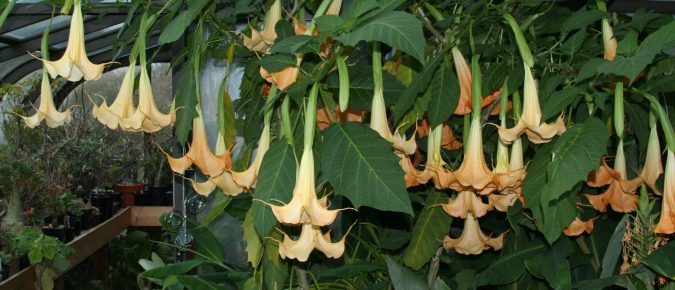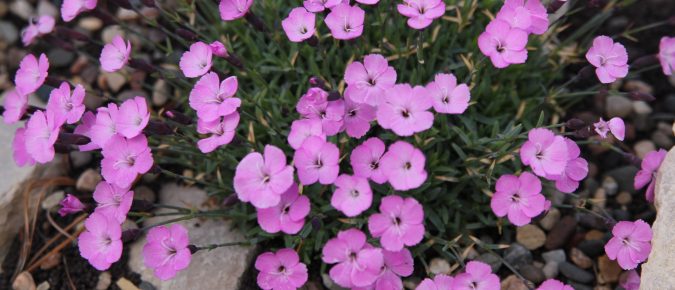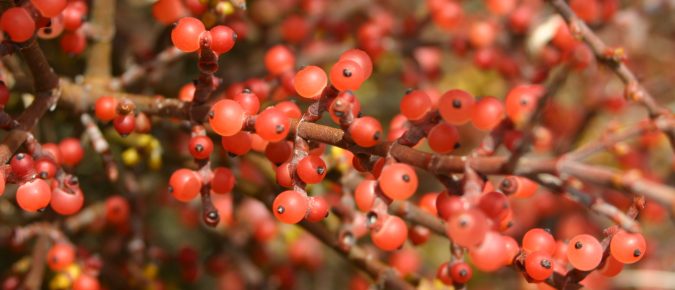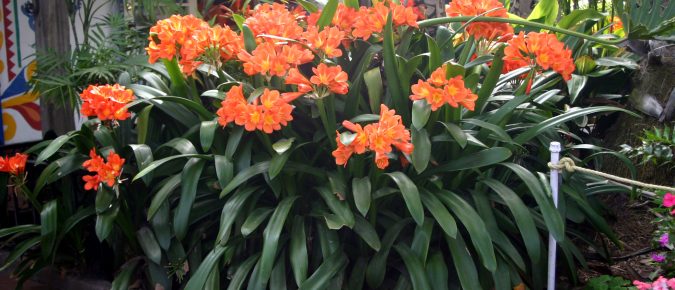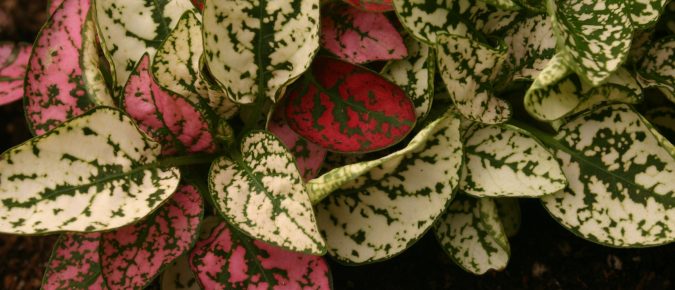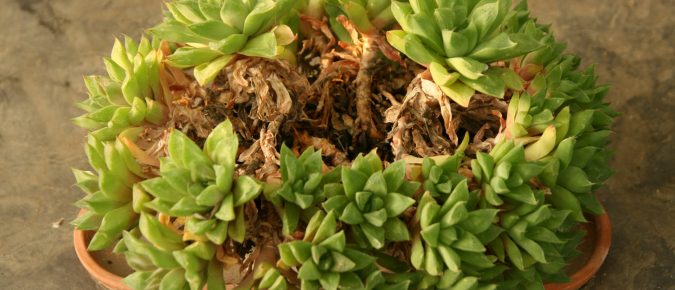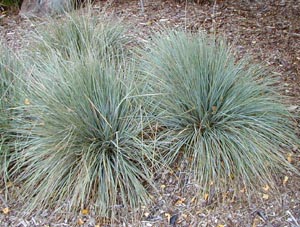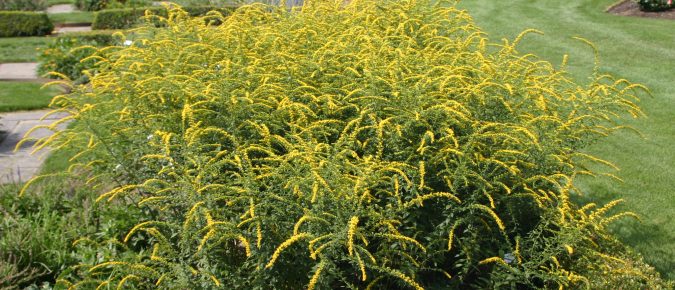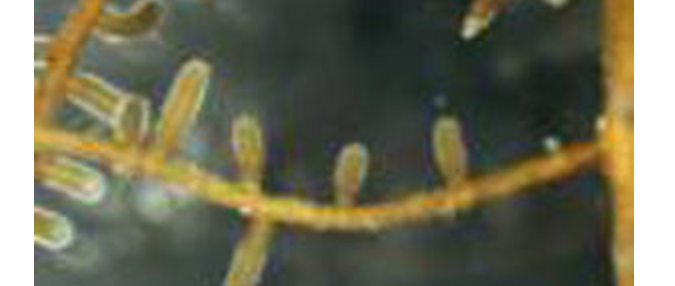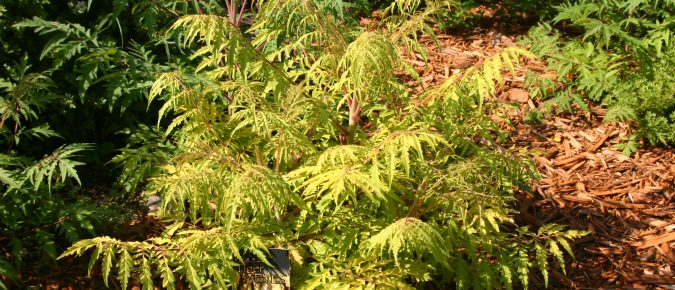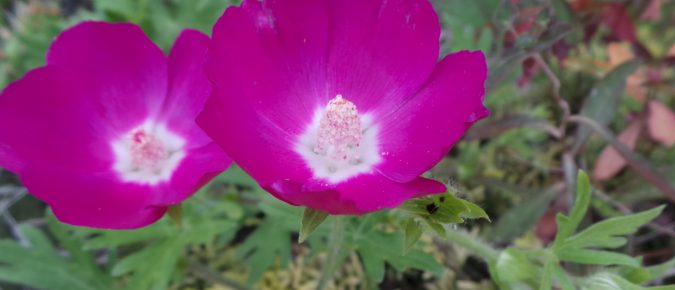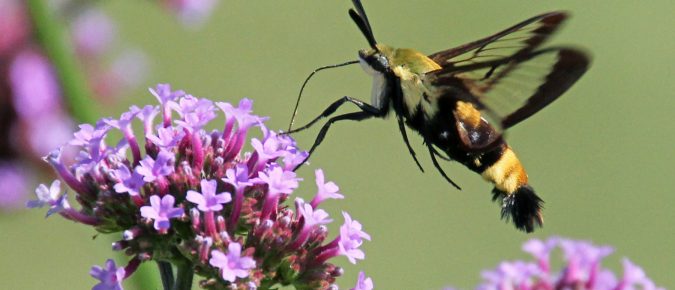With huge, fragrant flowers hanging from a small tree, angel’s trumpet is a spectacular exotic plant common in the tropics. It can also be grown as a seasonal outdoor plant in the Midwest during the summer, or as a conservatory plant. There are many species and hybrids of Brugmansia although many retailers only offer unnamed plants by flower color. To learn more about this interesting group of tropical trees and how they can be grown in cold climates, read this article…
There are numerous cultivars of Dianthus that make great additions to the garden. Dianthus gratianopolitanus ‘Firewitch’ has been chosen by the Perennial Plant Association as their Plant of the Year 2006. With shocking magenta flowers and blue foliage, it’s not one to disappear into the landscape! To learn more about this tough, pretty low-growing plant, read this article…
Hanging high in trees in warmer climates, mistletoe is a plant that has a long history of myth and tradition dating back to ancient times. To find out more about this interesting group of parasitic plants, read this article…
With glossy leaves and clusters of brilliant orange flowers in late winter, this exotic tender perennial makes a nice houseplant. Native to souther Africa, it is now used as a landscape plant in mild climates around the world. To learn more about kaffir lily or clivia, read this article…
Fanciful leaves splashed in pink, red or white on green, makes polka dot plant a great accent plant. Once considered only a novelty houseplant, this tender tropical perennial has gained more popularity as an outdoor annual in the ground or in containers. The colorful foliage remains in good shape throughout the growing season as long as the weather is warm (above 50). To learn more about this fun plant, read this article…
Are you looking for a small plant to grow on a windowsill that doesn’t require too much light or lots of care? A Haworthia just might be what you need! This genus of many small succulents from southern Africa are great for their architectural interest, and their easy culture make them popular houseplants. To learn more about these interesting plants, read this article…
Blue oat grass is a cool-season ornamental grass featuring steely blue foliage and is a great compliment to other grasses and many perennials. It tolerates many types of soils, although it should not remain too wet in winter. This article discusses this easy-care addition to beds and borders.
With a sensational explosion of golden flowers bursting from the plant like skyrockets, ‘Fireworks’ is not your usual goldenrod. This refined cultivar of our native North American Solidago rugosa makes a great focal point in the autumn garden.
Not everyone knows that plant roots have symbiotic relationships with certain types of fungi. These mycorrhizae help the plant absorb nutrients from the soil that are otherwise difficult to obtain and often provide some protection against soil-borne diseases. In exchange the plant suppliesfood to the fungus. To learn more about mycorrhizae, read this article…
Tiger Eyes™, offers a long season of interest with deeply-cut, almost lacy leaves that start yellow and turn orange in fall. Learn more about Tiger Eyes™ sumac in this article…
Brilliant magenta cup-shaped flowers festoon the rambling stems of winecups all summer long. This native prairie plant comes from dry, rocky areas, but tolerates many types of soil. It combines particularly well with other plants that have pink flowers or blue to gray foliage. Learn more about Callirhoe involucrata in this article…
Have you noticed something visiting your flowers, but you aren’t quite sure whether it’s a bee, or a small hummingbird, or a fat butterfly? It’s likely what you saw was a hummingbird clearwing, Hemaris thysbe. It is just one of a number of moths commonly referred to as hummingbird moths. Read this article to learn more…

